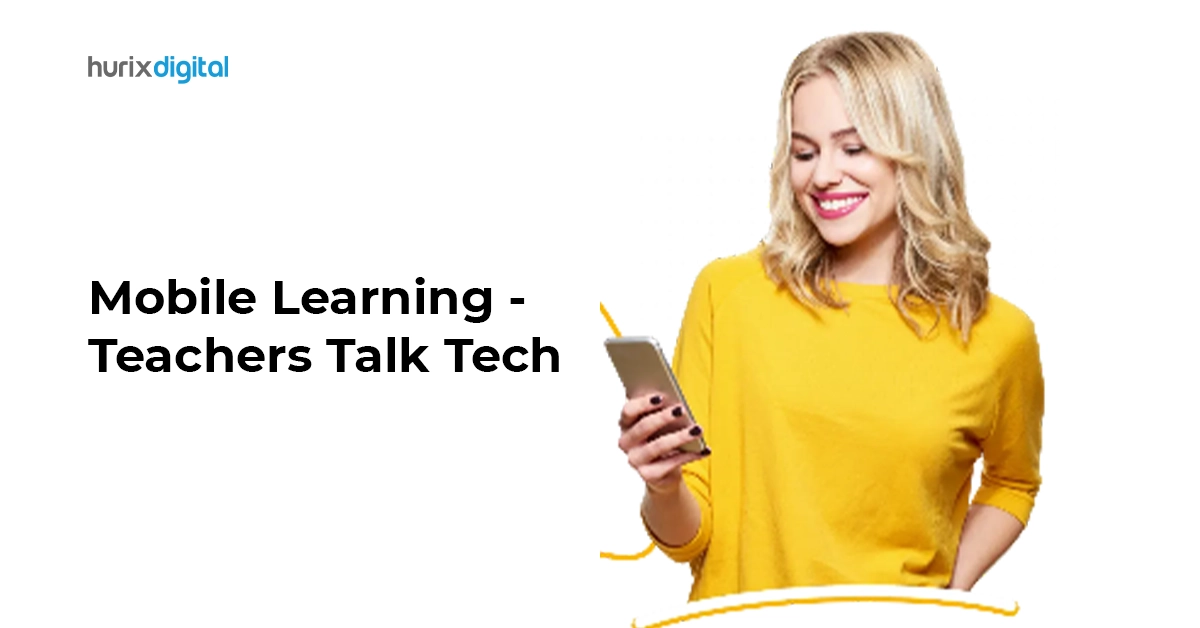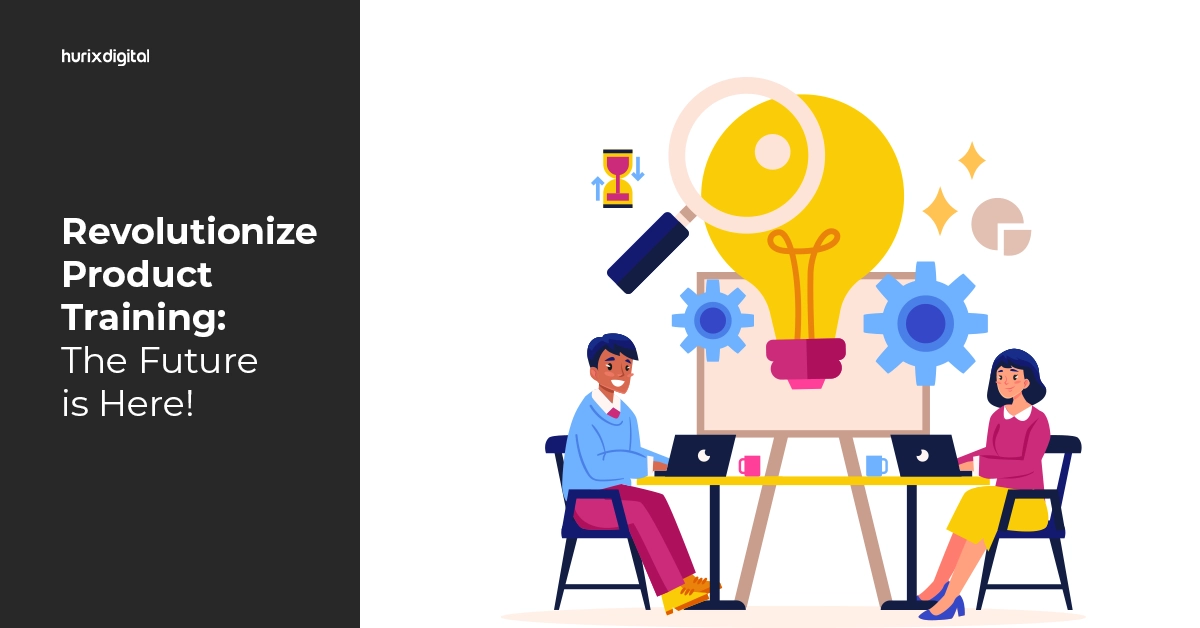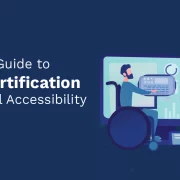
Mobile Learning – Teachers Talk Tech
That’s no secret that an increasing number of individuals nowadays use smartphones to access the Internet. Even though desktops and laptops are still popular, having many gadgets has become common, and utilizing them for various purposes rather than just sticking with one.
Nowadays, our hands are hooked to our smartphones. We utilize it for every purpose, like getting in touch with loved ones, buying online, placing food orders, playing games, etc.
Mobile learning is the use of mobile devices to access educational materials. The central attraction of mobile learning is its emphasis on the learner’s mobility; by allowing them to decide when and where they want to learn, and they may also do it at their own speed, which boosts interest and information retention.
If we examine the statistics of users of different websites, we can see that the majority of those who access public information from various websites do so via mobile gadgets. When it comes to participants taking classes or courses, there is nearly an equal split between participants using mobile and desktop devices.
Mobile learning platforms in corporate education provide a chance to reach its members who are always on the go, operating remotely, or choosing to complete their training outside of regular business hours by not using their desktops.
We all are quite familiar with the benefits of digital learning for workforce development, but how can we make the most of it? Here are the key recommendations we have for developing a successful and impactful mobile learning plan.
Make the start simple – In 3-4 clicks, the learners will analyze whether the mobile learning platform is worthwhile. Seamless learning, which provides learners with immediate access to learning content without logging in, minimizes friction across the whole onboarding process and makes it simple to restart learning once logged in.
Create your mobile learning with mobile – Consider how you and the learners will use mobile devices in order to create an engaging and successful mlearning experience. You may make an interface that is simple to use and intuitive by emulating the activities that they are used to from their favorite apps.
Use video footage/content – We use YouTube videos more often than textbooks these days for a reason: our brains are 95% better at processing information when it is given in video format. If you wish to replicate short video clips we’re used to consuming on social media, try introducing video into your mobile learning content with a personal greeting from the company’s Managing Director or CEO, a safety tutorial, or a “day in the life” type ride along.
Explore with gamification – Gaming elements, such as scores, accomplishments, and chances to “leveling up,” make an experience for users more enjoyable. Businesses that include gamification aspects in their training really report a 60% boost in engagement and a 50% increase in productivity.
Use a light-hearted, conversational tone – Most individuals get nervous when they hear the phrase “corporate training.” Use a conversational tone in your mobile learning application to disprove this misconception since it is more engaging, makes learning seem less like a “job,” and it fits better in a more comfortable environment.
Some uses of mobile learning in corporate education are the following:
Sharing learning content for mobile consumption
The most common usage of mobile learning is this. You may share your learning materials with your participants so they can study on their mobile devices at their own pace after developing them. It’s simple to distribute the information by email or texting link. This mobile learning strategy prioritizes more on personal consumption.
Discussions in between lessons
Mobile devices can also be used as part of a blended learning method. Instructors may ask questions during in-person training, and learners may reply by completing a survey on their smartphones. The trainer can accomplish this by emailing participants a link to the survey or even making a QR code that is simple to scan with a smartphone camera. Quick feedback is possible, which is incredibly helpful when training large groups of people.
Advantages and Disadvantages of Mlearning
Digital gadgets have been a part of the millennial generation’s upbringing. Therefore, mlearning is designed to fit the patterns and routines of millennials. But mobile learning offers so many benefits that all ages may make use of it. So now, let’s look at some of Mlearning’s advantages.
- Millennials adore mobile devices
- Better Efficiency
- Easily Accessible
- Extremely Interesting
- Cost-effectiveness
- Encourages Continuous Usage
- Enhances Employee Retention
Now, some of the disadvantages of mlearning are:
- Distraction
- Technical Barrier
- Internet Connectivity Issues
- Screen too small
- Expertise
Our lives have been profoundly transformed by technology in ways we could never have imagined, and it is going to be more in the coming years.
Mobile devices have an impact on how we live our daily lives, even if they have their pros and cons. As these gadgets’ capabilities and performance grow, so does their potential to help to learn. These kinds of developments help to foster new learning environments and increase trainee engagement.
In the next five years, you will be able to witness the beneficial effects engaged workers have on your company. They will be performing wonders that you can’t imagine.
Related Read:

























